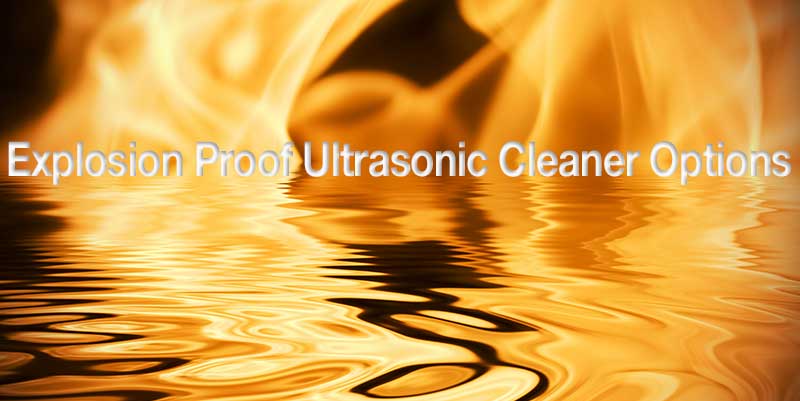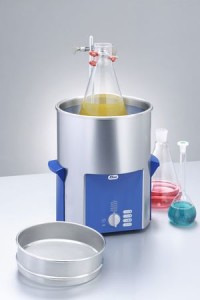Posts Tagged ‘lab ultrasonic cleaner’
5 Key Points to Selecting the Correct Ultrasonic Cleaner Size
Ultrasonic parts cleaners are manufactured in a tremendous variety of sizes. By “size” we mean the dimensions and capacities of tanks in which ultrasonic parts cleaning is accomplished. For example the Elmasonic E Plus series is offered in 9 tank capacities from 0.25 to 7.5 gallons and the Select Series in 11 capacities from 0.7 to 23 gallons. Industrial-sized units such as SHIRACLEAN can hold 100 gallons or more. This post will help you select the correct ultrasonic parts cleaner size.
Five Points to Selecting your Ultrasonic Parts Cleaner Size
Here are the key points to consider:
- Parts you are cleaning
- Cleaning tank dimensions
- The importance of “working depth”
- The role of cleaning baskets
- Cleaning solution volume and service volume
1. What Parts are you Cleaning?
Ultrasonic parts cleaning has proved a very effective and economical way to remove all types of contaminants from nearly anything that can be safely … Read the rest
Explosion Proof Ultrasonic Cleaner Options
Explosion-proof ultrasonic cleaners must be used when cleaning tasks call for the use of volatile solvents to achieve the desired results. See examples below. When low flash point flammable solvents are involved in an ultrasonic cleaning operation, a number of precautions are called for in addition to using an explosion-proof ultrasonic cleaner. This is because using these solvents creates what the NEC and NFPA term a hazardous location.
A flash point is the temperature at which a particular organic compound gives off sufficient vapor to ignite in air when given an ignition source. In view of this, selection of an ultrasonic cleaner must take into account that not only do volatile solvents evaporate, but the heat generated by the ultrasonic cleaning process accelerates solvent evaporation and vapor generation.… Read the rest
Maximize Performance of your Ultrasonic Bath
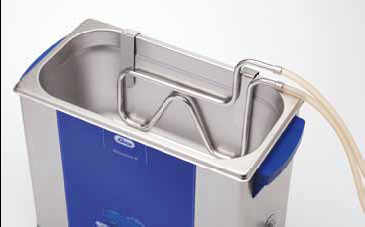
If you have invested in an ultrasonic bath you have an appreciation of how these units contribute to fast, safe and efficient removal of contaminants from virtually any product that can be safely wetted in a biodegradable ultrasonic bath. In this post we provide recommendations on maximizing the performance of your ultrasonic bath, thereby contributing to the efficiency of your ultrasonic cleaning operations.
Points covered include:
- Selecting the correct cleaning bath chemistry
- Cleaning time and cleaning temperature
- Tips on extending the effective life of ultrasonic baths
Ultrasonic Cleaning Bath Chemistry
There is a wide variety of formulations available to support ultrasonic cleaning operations. Some manufacturers term these ultrasonic cleaning solutions, others use an overall category called soaps. One can’t argue with that because using soaps conjures up images of cleaning, whether in the car wash, clothes washer or shower.
Regardless of nomenclature, these formulations are designed to perform specific cleaning … Read the rest
How to Select Ultrasonic Cleaner Accessories
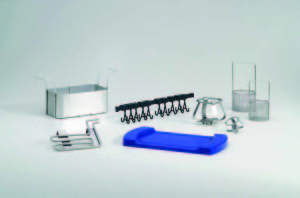
Think of selecting ultrasonic cleaner accessories as though you are buying a new car. You have the choice of standard equipment and equipment or features that are “optional at extra cost.”
The “options” largely depend on the ultrasonic cleaner manufacturer. This is why it is important for you to have a clear understanding of what you want to accomplish in your ultrasonic cleaning process. Our post on ultrasonic cleaner application ideas provides a good tutorial on this.
This post is designed to help you select ultrasonic cleaning accessories that are either required to help you quickly and successfully accomplish your ultrasonic cleaning tasks or simply “nice to have.”
Similarly this post does not go into detail on selecting a specific ultrasonic cleaner. That is generally based on the size of your operations and what you intend to do with the equipment. We cover this topic in … Read the rest
Ultrasonic Cavitation vs. Air in an Ultrasonic Cleaner
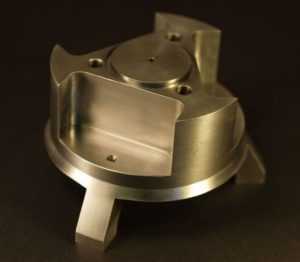
Ultrasonic cleaning procedures described in our posts nearly always call attention to the importance of degassing fresh cleaning solutions. Degassing is the process of removing trapped air in liquids. You can see this by letting a glass of water stand for awhile and note the bubbles that appear on the inside surface. Trapped, entrained or dissolved, air inhibits cavitation, which is the implosion of micron-size vacuum bubbles that accomplish the cleaning.
Simply operating the equipment for a time, the length of which depends on the volume of cleaning solution, will drive off trapped air. The process can be hastened by a Degas mode on an ultrasonic cleaner. It does the job by switching on and off causing air bubbles to coalesce and allowing them rise to the surface and burst.
Removing Other Air in an Ultrasonic Cleaner
Air can be introduced into … Read the rest
How to Prepare Samples Rapidly and Safely
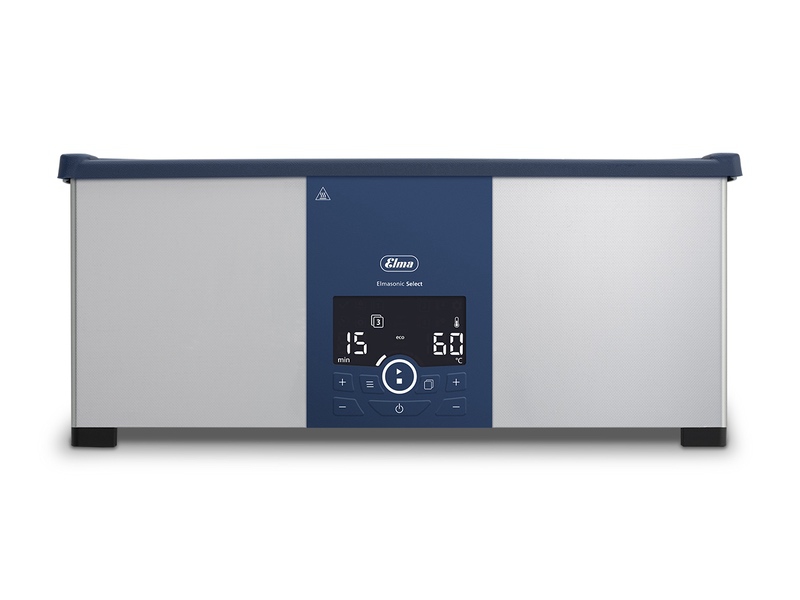
Sample preparation to transform analytes into measurable form can involve complex processes. It is important that the transformation or extraction process avoids chemical degradation that can be caused by excessive heat or mechanically induced damage.
Ultrasonic energy is a proven technique to achieve fast, safe sample preparation. As an example it is a method often specified in USP monographs to extract active pharmaceutical ingredients from carriers for content uniformity and potency assay tests. The ultrasonic process is also ideal for dissolving, dispersing, emulsifying, homogenizing and mixing.
Sample Preparation Steps
Samples to be analyzed are placed in flasks along with a recommended solvent. Flasks are partially immersed in a sonicator bath containing a surfactant. The 37 kHz Elmasonic S Select 150 ultrasonic bath available from Tovatech is especially designed to quickly and safely accomplish sample preparation. The inside dimensions of the shallow basket, (LxWxH) 17.9 x 9.8 x 2.2 … Read the rest
Powerful Lab Sonicator Speeds Sample Prep in Pharma Research
Ultrasonic cavitation is often employed for sample preparation in pharmaceutical labs. High ultrasonic power density is ideal for these applications because it accomplishes the job quickly. This minimizes cavitation induced heat buildup that can cause chemical degradation of samples.
Sample prep is generally accomplished by suspending sample flasks in ultrasonic cleaners containing water and a surfactant. Cavitation generated by ultrasonic transducers passes through the flask walls to act on the sample.
Most equipment used in this application handles several flasks at once for production-scale operations. An alternative design has proved especially efficient by speeding up the sample prep process in pharmaceutical research laboratories. The secret is in the design.
Elma’s S50R Lab Sonicator for Sample Prep
The 0.75 gallon to 1.5 gallon capacity 37 kHz multifunction Elma S50R laboratory sonicator available from Tovatech … Read the rest
Ultrasonic Cleaning Delicate Surgical Instruments

Ultrasonic cavitation is a proven technique for removing contaminants from surgical instruments prior to disinfecting or sterilizing steps. This is accomplished in an ultrasonic cleaner when microscopic bubbles created by the unit’s ultrasonic transducers implode on contact with surgical tools. The process effectively strips away blood, tissue and other deposits resulting from surgical procedures.
Balancing Ultrasonic Cleaner Frequency with Cleaning Effectiveness
Higher frequency ultrasonic cleaners operating at 80 to 130 kHz are often used for delicate or highly polished parts in order to avoid potential damage caused by the imploding bubbles. Higher frequencies equate to smaller bubbles, which while safe for delicate parts are less effective in removing gross contaminants associated with microsurgery instruments. Instead, an ultrasonic cleaner operating at 37 kHz such as the Elmasonic Select series available from Tovatech is generally recommended for surgical instrument cleaning.
There are, however, instances … Read the rest

